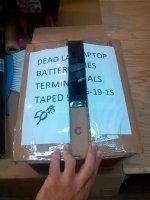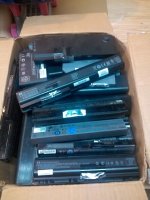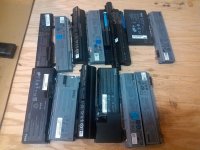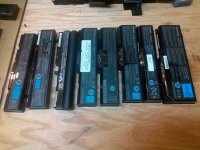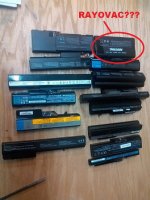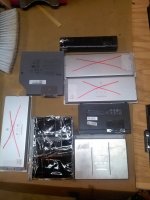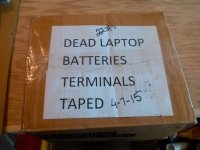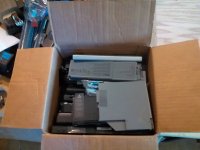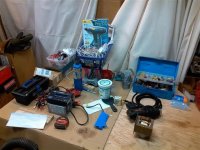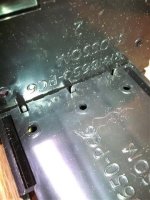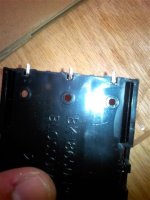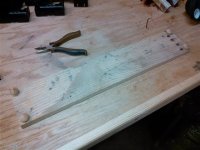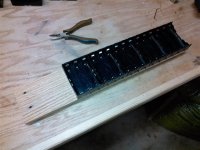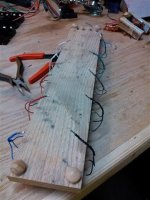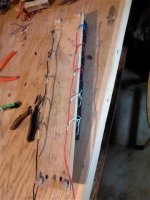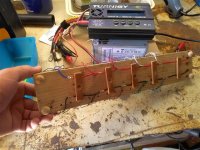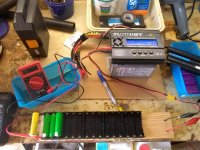Ok so I built a little charging manifold over the weekend, and here are the results:
The initial benchtop shot... what a mess I had to cleanup to get it this nice :lol:
View attachment 9
This is the bottom of the battery holders I'm using. They have little tabs that I had to bend outward to solder to without having to use a bread board. I didn't want to spend $$ on a board as long as I was going to need...
View attachment 8
View attachment 7
...so I put them on a board. Made from pallet wood...and I attached them with hot glue.
View attachment 6
View attachment 5
I then flipped it over and started soldering them to positive and negative rails.
View attachment 4
View attachment 3
View attachment 2
I didn't want the wires flopping everywhere so I secured them like this:
View attachment 1
Once everything was all professionally secured

, I went ahead and hooked it up to the Accucell8 for a charge. I guessed at 1 amp per cell for the charge rate, after looking these cells up I determined their factory capacity at 2.2Ah, and set the charge at about .5C per cell. This was just an initial test, I don't necessarily intend to make this my final procedure. These cells did ok...the one on the end got hot toward the middle-end of the charge, which tells me it's probably diminished in its capacity from the other 3. Any comments are welcome... and yes I intend to get another read-through of DrkAngel's guide before I move ahead.
Also, noticing the massive difference in readout from the Accucel to the Harbor Fake multimeter (0.17V)...it's clear to me I need to invest in a decent multimeter for this sort of work. Even if it's just to check my other voltage monitoring devices (see the discharge setup post that should be coming soon).
Bonus points for those who ID something to indicate how I intend to put my packs together in the first photo... should be pretty obvious.


